If you’ve ventured into your basement and spotted strange, humpbacked insects leaping frantically in all directions, you’ve likely encountered camel crickets. These peculiar-looking creatures, often mistaken for spiders due to their long legs and erratic movements, have become increasingly common uninvited guests in American homes. While not dangerous, their sudden appearance and unusual appearance can be startling for homeowners unfamiliar with these basement-dwelling arthropods. This growing phenomenon of camel cricket infestations has left many wondering where these creatures come from, why they’re attracted to our homes, and what, if anything, should be done about them.
What Exactly Are Camel Crickets?
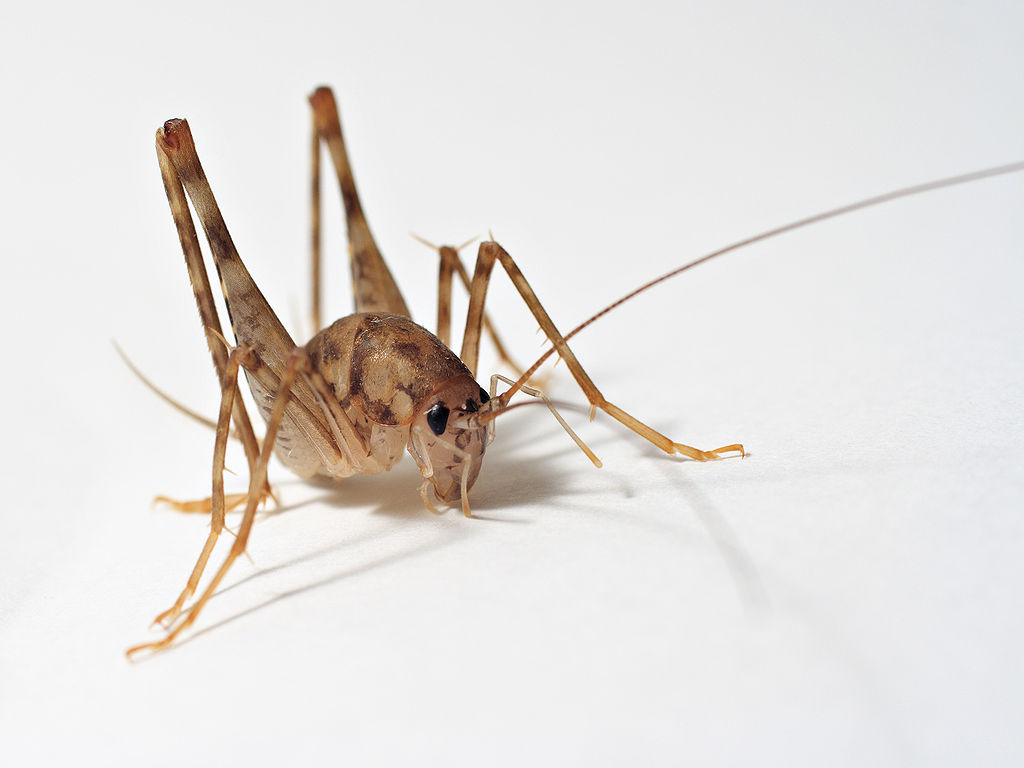
Camel crickets (Rhaphidophoridae) are a family of insects also known as cave crickets, spider crickets, or sprickets. Unlike their musical cousins, the field crickets, camel crickets lack sound-producing organs and remain silent throughout their lives. Their most distinctive feature is their humpbacked appearance, which gives them their common name due to the resemblance to a camel’s humped back. These crickets possess extremely long, powerful hind legs that enable them to jump impressive distances when startled—often directly toward the perceived threat as a defensive mechanism. Most species are wingless and typically measure between 1-1.5 inches in length, with a pale brown to dark brown coloration that helps them blend into their natural environments.
The Natural Habitat of Camel Crickets
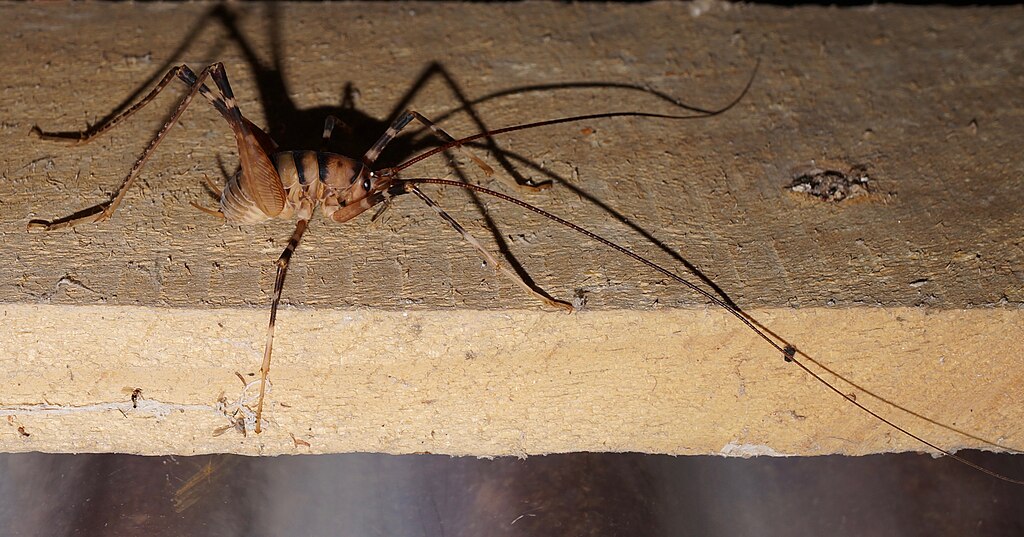
In their natural environment, camel crickets are primarily cave-dwelling insects that have evolved to thrive in dark, cool, and humid settings. Their eyes are relatively small, as they’ve adapted to navigate primarily through their long, sensitive antennae rather than vision. Beyond caves, these adaptable insects can be found in rotting logs, under rocks, in animal burrows, and various other sheltered outdoor locations that provide the moisture and darkness they require. Their natural ecological role involves breaking down organic matter, as they’re omnivorous scavengers that consume fungi, plant material, and even dead insects. This preference for damp, dark environments explains why human basements and crawl spaces have become such attractive real estate for these prehistoric-looking creatures.
The Greenhouse Camel Cricket Invasion
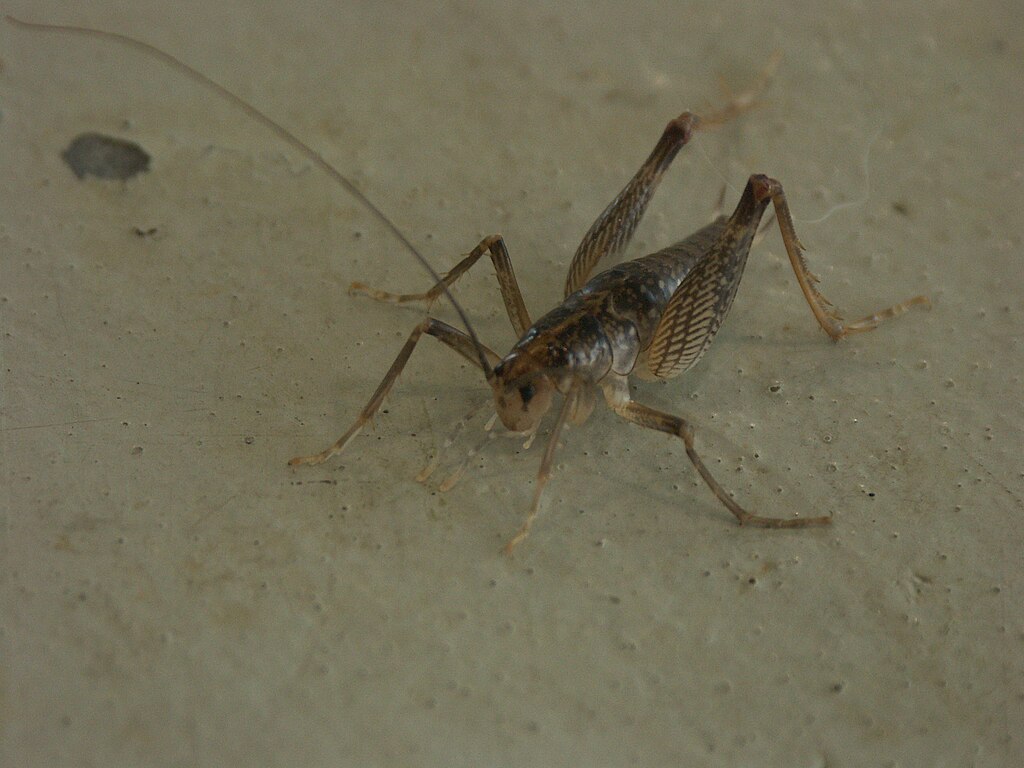
While North America has several native camel cricket species, researchers have identified an invasive Asian species, Diestrammena asynamora (the greenhouse camel cricket), that has become particularly prevalent in American homes. A 2014 study by North Carolina State University discovered that this non-native species now appears to be far more common in homes than native species. Scientists collected specimens from homes across the United States and found that the greenhouse camel cricket has established itself throughout the eastern United States. This invasive species is particularly well-adapted to human environments and appears to thrive in the conditions provided by our basements, garages, and crawl spaces. Their successful colonization demonstrates how certain species can inadvertently expand their range through human activities and commerce.
Why They’re Attracted to Your Home
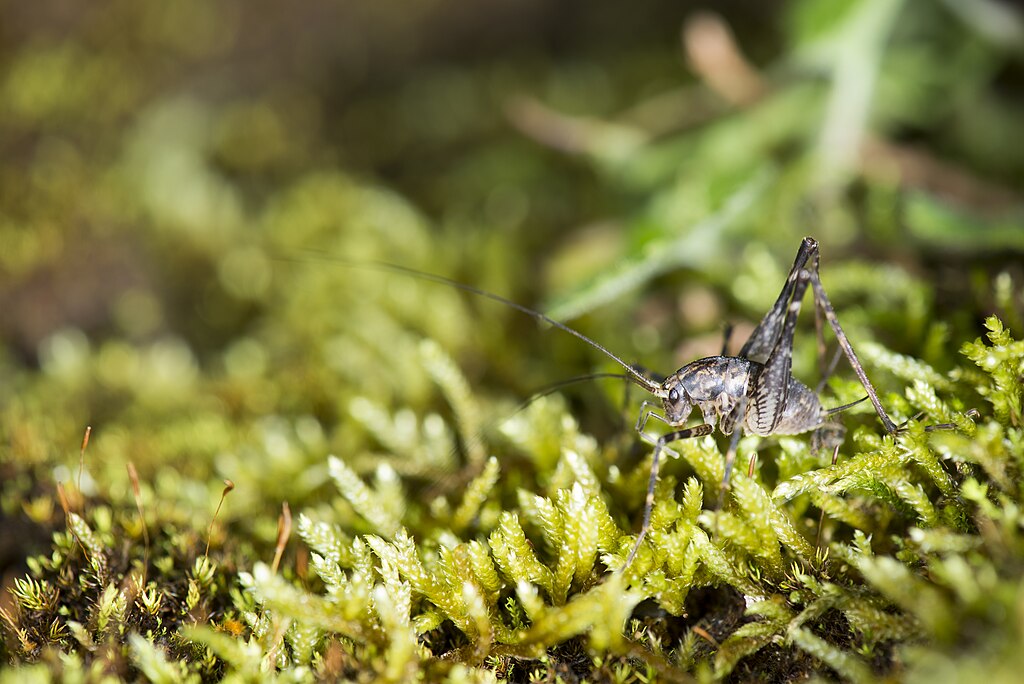
Camel crickets seek out human dwellings primarily because our homes offer ideal conditions that mimic their natural habitat preferences. Basements, crawl spaces, and garages typically provide the three key elements these insects require: darkness, cool temperatures, and high humidity. During hot, dry summer months, the attraction becomes even stronger as these insects seek refuge from harsh outdoor conditions. In addition to suitable environmental conditions, homes offer abundant food sources including fungi, cardboard, fabric, carpet fibers, and even glue from book bindings. Many homeowners first notice camel cricket populations increasing in late summer or early fall, when outdoor conditions become less favorable and these insects begin seeking winter shelter. Their excellent ability to squeeze through tiny cracks and crevices makes our homes particularly vulnerable to infiltration.
The Lifecycle of Basement-Dwelling Camel Crickets
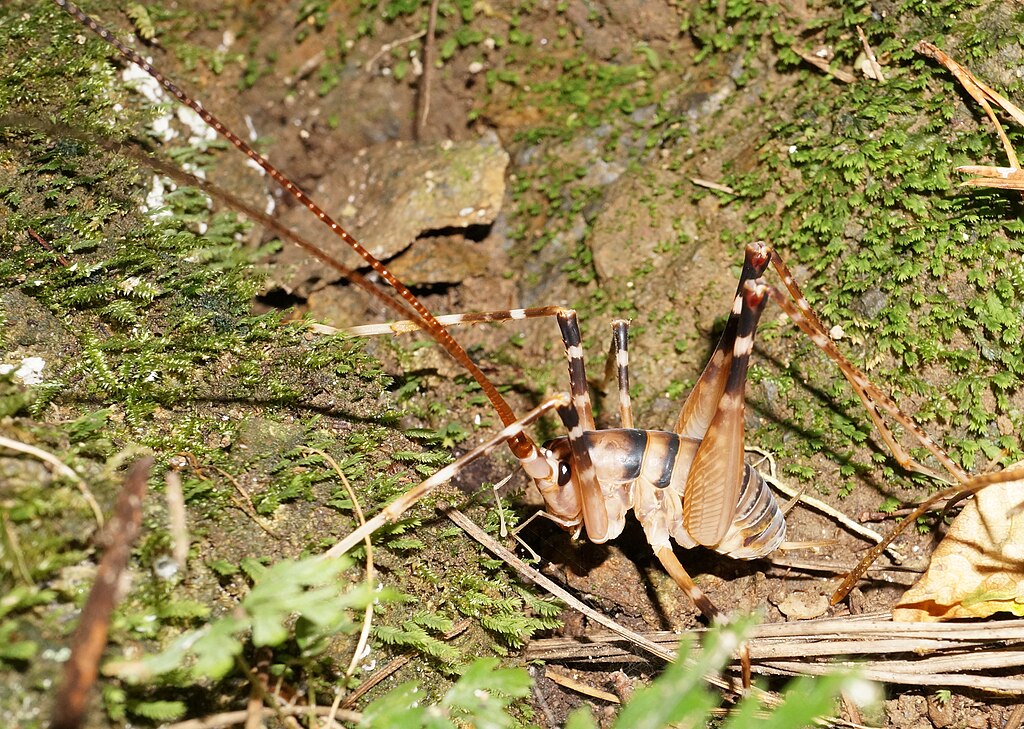
Understanding the camel cricket’s lifecycle provides insight into their persistent presence in human dwellings. Female camel crickets lay eggs in moist soil or crevices, with each female capable of producing several hundred eggs during her lifetime. The eggs hatch into nymphs that closely resemble smaller versions of adults, a characteristic of insects with incomplete metamorphosis. These nymphs undergo several molts as they grow, shedding their exoskeletons and gradually increasing in size until reaching adulthood. In favorable indoor conditions like basements, camel crickets can reproduce year-round rather than seasonally, leading to sustained populations that may grow substantially over time. Their lifecycle from egg to adult typically spans several months, with adults living up to two years under optimal conditions—significantly longer than many other cricket species.
Are Camel Crickets Dangerous?
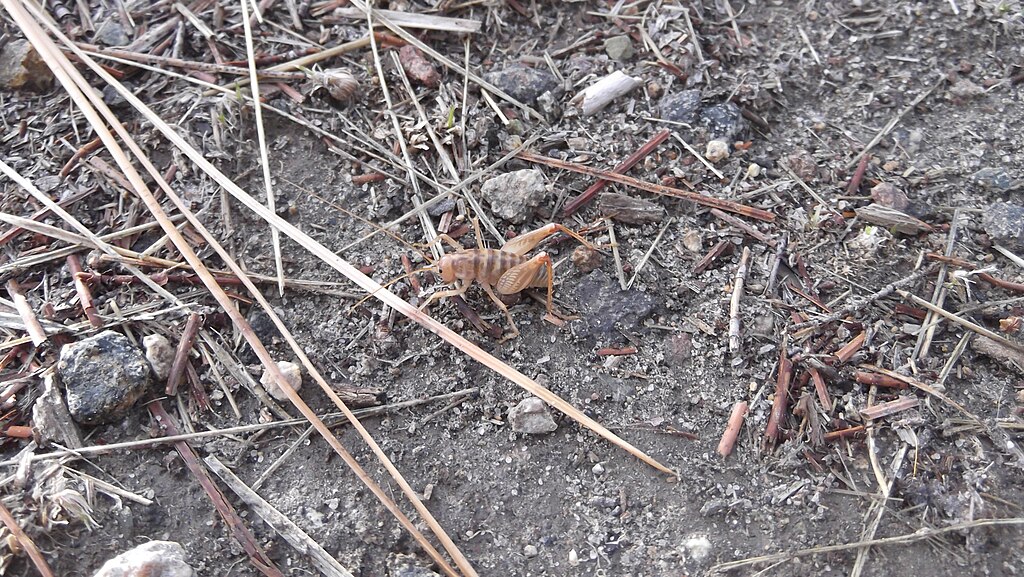
Despite their somewhat alarming appearance and startling jumping behavior, camel crickets pose virtually no direct threat to humans. They lack the ability to bite people effectively, possess no venom, and don’t spread diseases that affect humans. Their primary defense mechanism—jumping directly toward perceived threats—is merely a blind escape response rather than an aggressive attack. However, camel crickets can cause secondary problems in homes when present in large numbers. They may damage fabrics, cardboard, or other materials as they feed, particularly items stored in damp basements. Additionally, their feeding on fungi can sometimes spread spores throughout a home, potentially exacerbating existing mold issues. While not dangerous in the traditional sense, a substantial infestation can certainly become a nuisance requiring attention.
Signs of a Camel Cricket Infestation
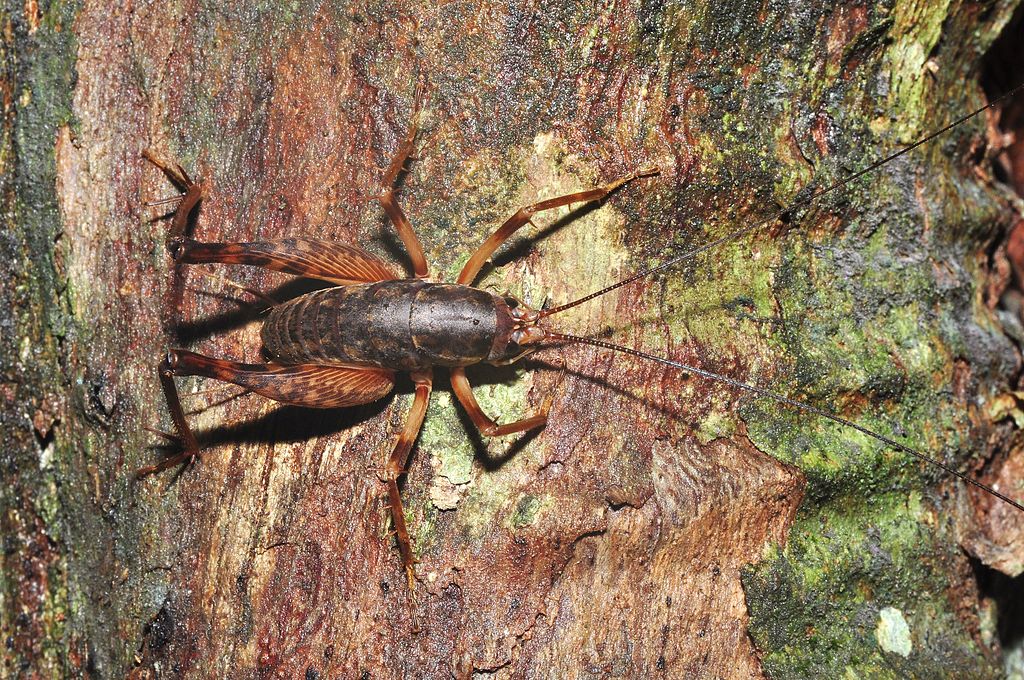
Identifying a camel cricket infestation early can help prevent populations from becoming established in your home. The most obvious sign is visual confirmation—spotting the distinctive humpbacked insects themselves, particularly in dark corners or scurrying away when lights are turned on. Unlike other cricket species, you won’t hear chirping, as camel crickets lack sound-producing organs. Small holes or damage to fabrics, cardboard, or paper products stored in infested areas may indicate their feeding activity. You might also notice their shed exoskeletons, particularly along baseboards or in corners, as nymphs molt several times while growing. Spider webs containing caught camel crickets can also indicate their presence, as these insects frequently become prey for household spiders. In severe infestations, you may even detect a subtle musty odor associated with their droppings and the fungi they cultivate.
Natural Predators of Camel Crickets
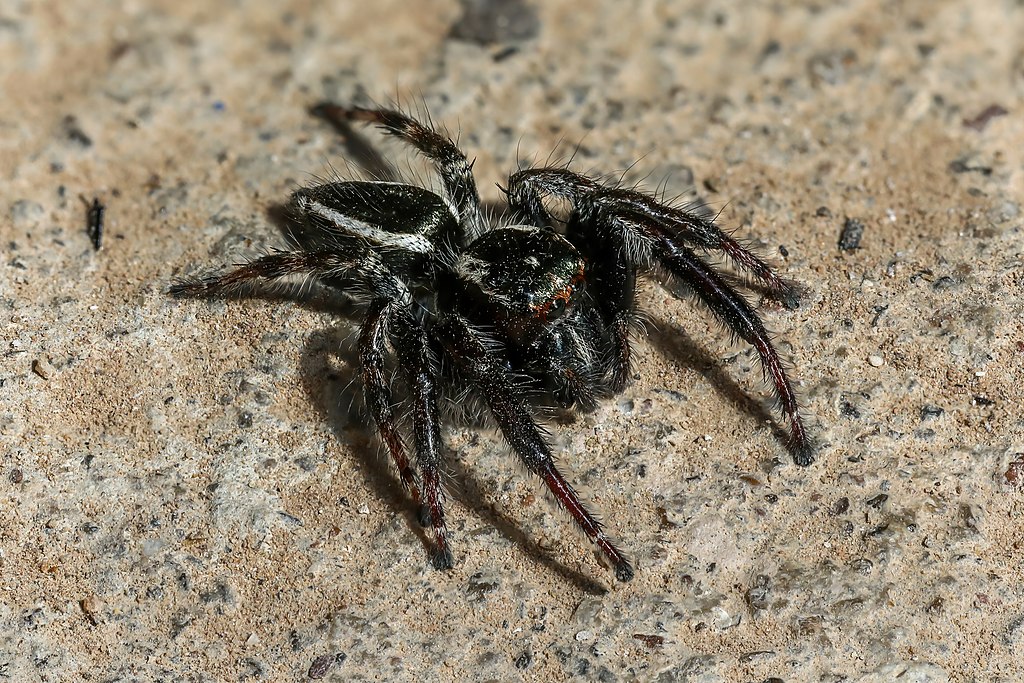
Within the ecosystem of your home, camel crickets face several natural predators that may help control their populations. Spiders are perhaps their most effective hunters, with species like wolf spiders and cellar spiders frequently capturing and consuming camel crickets. House centipedes, despite being unwelcome sights themselves, are voracious predators that feed on various basement-dwelling insects including camel crickets. Outside the home, birds, small mammals, reptiles, and amphibians readily consume these protein-rich insects. Some homeowners report that domestic cats show great interest in hunting camel crickets, turning their presence into an engaging form of feline entertainment. Understanding this predator-prey relationship explains why homes with healthy spider populations sometimes experience fewer problems with camel cricket infestations, creating a natural balance that can sometimes work in the homeowner’s favor.
Prevention: Making Your Home Less Attractive
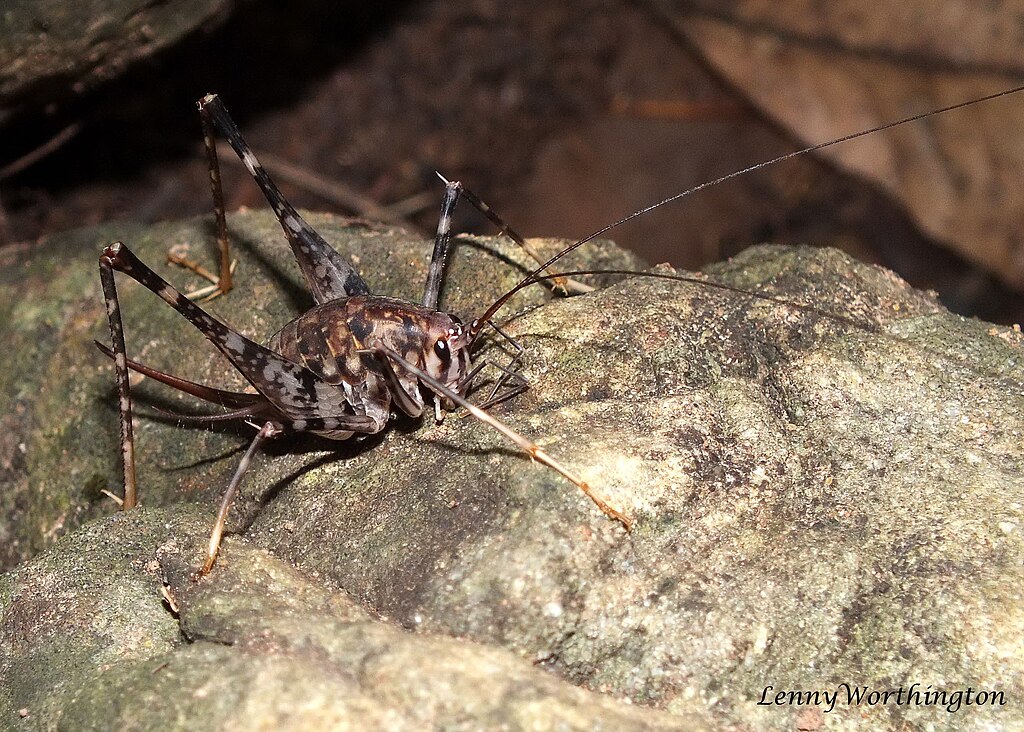
The most effective long-term strategy for dealing with camel crickets involves making your home less hospitable to these moisture-loving insects. Dehumidifiers in basements and crawl spaces can dramatically reduce humidity levels, creating conditions less favorable for camel crickets and the fungi they feed on. Sealing cracks, gaps around pipes, foundation crevices, and other potential entry points with caulk or expandable foam prevents new crickets from entering your home. Removing clutter, cardboard boxes, and piles of debris eliminates hiding spots and reduces available food sources. Moving firewood, garden debris, and compost piles away from your home’s foundation creates a buffer zone that makes migration into your home less likely. Improving ventilation in crawl spaces and basements through additional vents or fans can also reduce humidity and make these spaces less attractive to moisture-dependent insects like camel crickets.
Natural Remedies for Camel Cricket Control
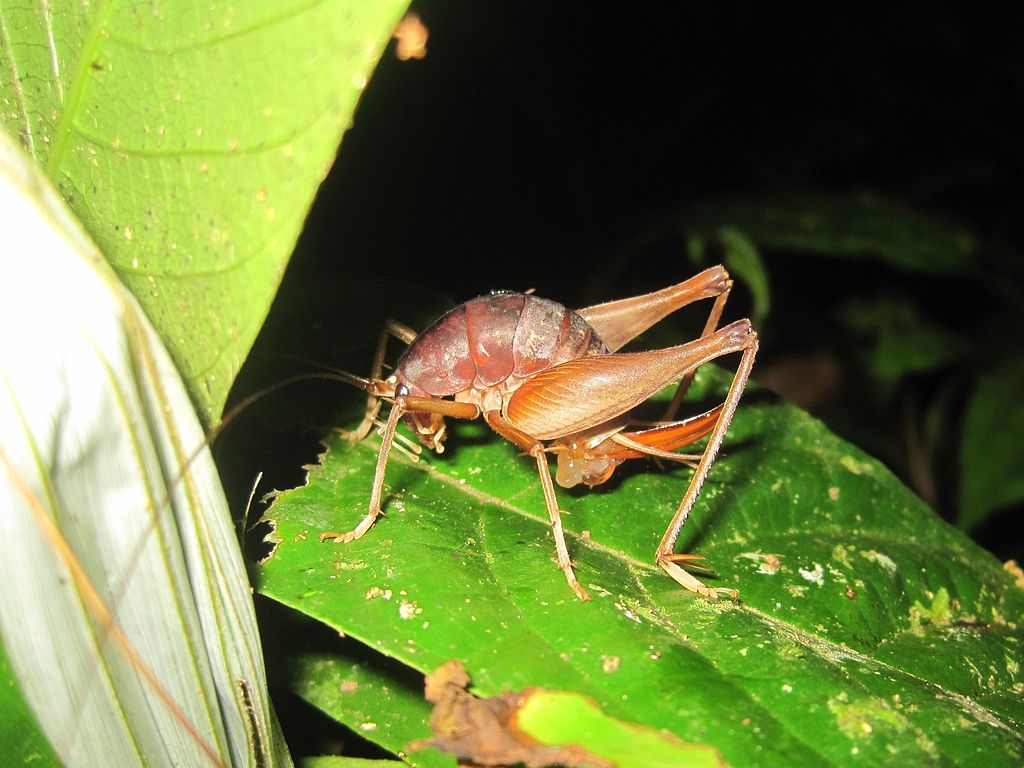
For homeowners seeking chemical-free approaches to managing camel cricket populations, several natural remedies have proven effective. Diatomaceous earth, a powder made from fossilized aquatic organisms, can be applied along baseboards and in corners where crickets travel—the microscopic sharp edges damage the insects’ exoskeletons, causing dehydration and death. Sticky traps placed in corners and along walls catch crickets during their nocturnal wanderings, helping to reduce populations without chemicals. A simple homemade trap using a jar with molasses or sugar water at the bottom can attract and drown camel crickets, particularly when placed in areas with known activity. Essential oils including cedar, peppermint, and tea tree oil create barriers that repel these insects when applied around potential entry points. Regular vacuuming, particularly in corners and along baseboards, removes eggs and nymphs before they can mature, interrupting the reproductive cycle.
Chemical Control Options
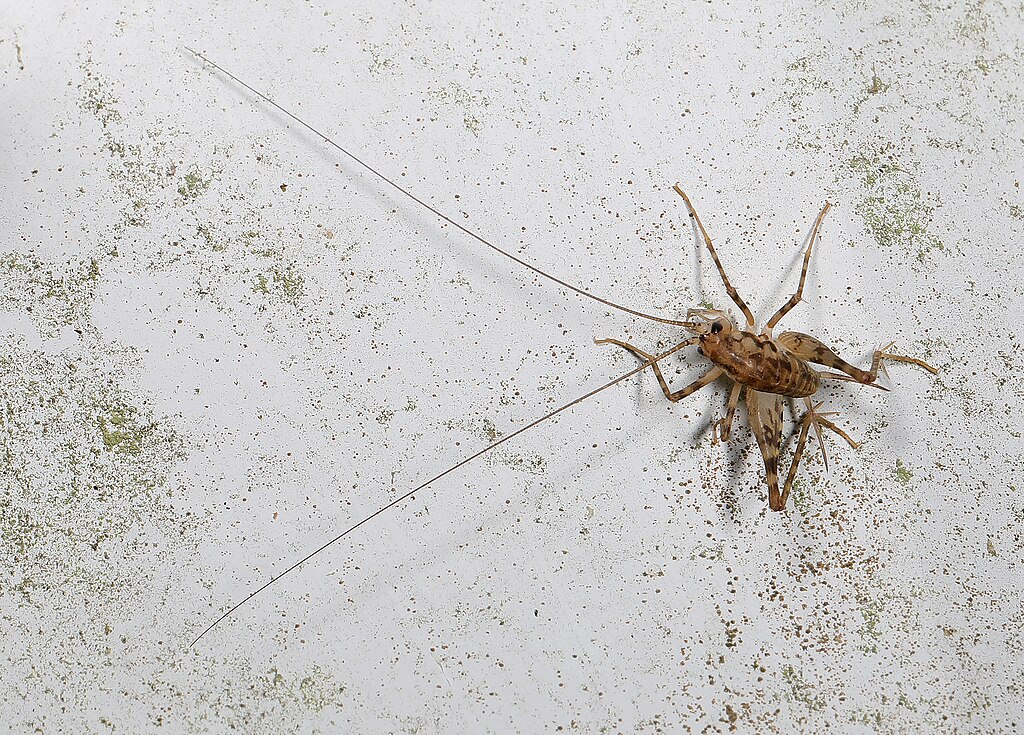
When natural methods prove insufficient for controlling established camel cricket populations, chemical interventions may become necessary. Boric acid powder applied to cracks, crevices, and dark corners acts as both a stomach poison when ingested and damages the insects’ exoskeletons on contact. Indoor insect barrier sprays containing synthetic pyrethroids can provide residual protection when applied around baseboards, doorways, and window frames. Insecticidal dusts designed for cracks and voids can reach hiding places that liquid formulations cannot penetrate. For severe infestations, professionally applied insect growth regulators (IGRs) interfere with the molting process, preventing nymphs from developing into reproductive adults. When using any chemical control method, it’s essential to carefully follow label instructions, avoid contamination of food preparation surfaces, and consider potential impacts on pets, children, and beneficial insects that may also inhabit your home.
The Environmental Perspective on Camel Crickets
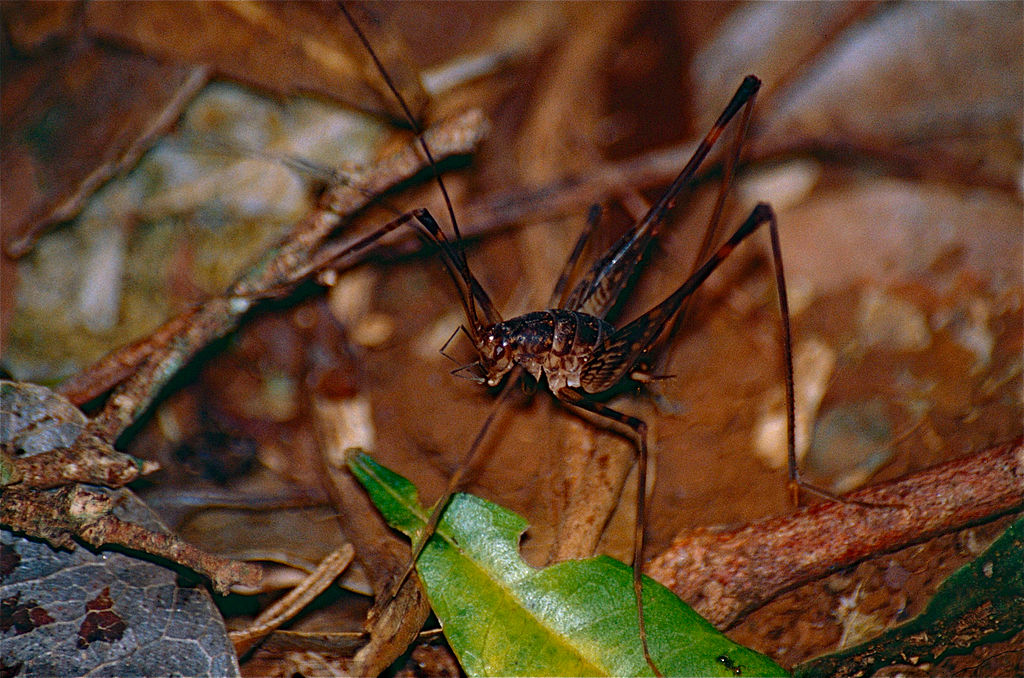
From an ecological standpoint, camel crickets play an important role in breaking down organic matter and recycling nutrients in their natural habitats. These insects help decompose dead plant material, fungi, and even animal matter, serving as nature’s efficient clean-up crew in caves and woodland environments. In your home, they may actually provide some benefit by consuming mold and fungi growing in damp basement areas, potentially reducing the spread of certain spores. The non-native greenhouse camel cricket, while considered invasive, hasn’t demonstrated significant negative impacts on native ecosystems or agricultural systems unlike many other invasive species. When considering control methods, environmentally conscious homeowners might opt for exclusion techniques and habitat modification rather than broad-spectrum insecticides that could impact beneficial organisms. This balanced perspective recognizes that while camel crickets may be unwanted guests, their presence represents an ecological response to the habitats we’ve inadvertently created.
When to Call Professional Pest Control
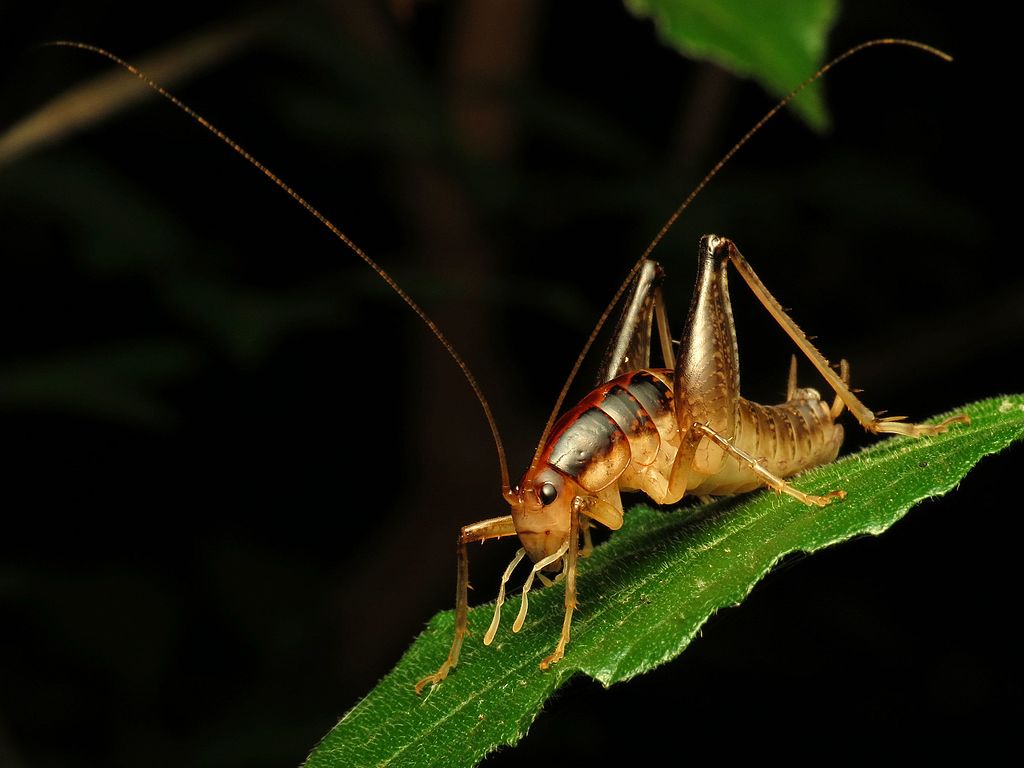
While many camel cricket situations can be managed independently, certain circumstances warrant professional intervention. If you’ve implemented multiple prevention and control strategies without success, or if infestations recur persistently after treatment, professional pest management services may offer more effective solutions. Homes with significant structural issues that create ideal cricket habitat—such as persistent moisture problems, foundation cracks, or inadequate crawl space barriers—often benefit from professional assessment and integrated pest management approaches. Properties adjacent to natural areas like woodlands or caves may experience continuous pressure from outdoor cricket populations, requiring professional-grade exclusion methods and perimeter treatments. Professional pest control technicians can also identify contributing factors that homeowners might miss, such as leaking pipes within walls or inadequate drainage around foundations. The expertise provided by experienced professionals often proves valuable in developing comprehensive, long-term solutions to persistent camel cricket problems.
Fascinating Facts About These Peculiar Insects
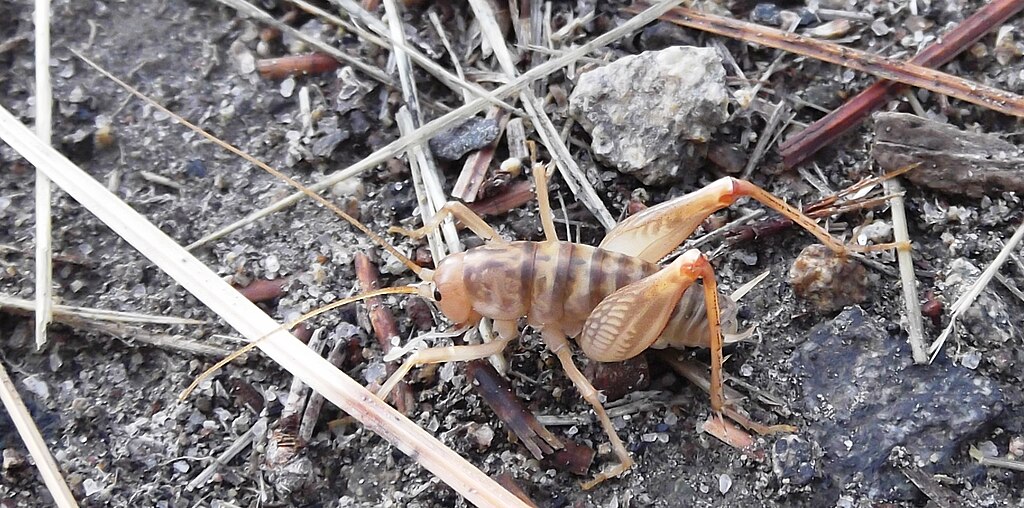
Despite their unwelcome status in our homes, camel crickets possess several fascinating adaptations and behaviors worth appreciating. These insects are among the planet’s most ancient organisms, with fossil records dating back over 100 million years, making them living relics that have survived multiple mass extinction events. Unlike most insects, camel crickets can regenerate lost limbs during molting, albeit often with slightly smaller replacements than the originals. Their unusual jumping behavior—leaping toward rather than away from threats—evolved as an effective strategy to confuse predators in their natural cave habitats. Some species practice a form of parental care rare among insects, with females guarding their eggs until hatching. Research suggests camel crickets possess remarkable spatial memory, allowing them to navigate complex three-dimensional environments like caves—or your basement—without relying on visual cues. These evolutionary marvels have successfully adapted to human environments, demonstrating the remarkable flexibility that has enabled their survival across geological eras.
Conclusion
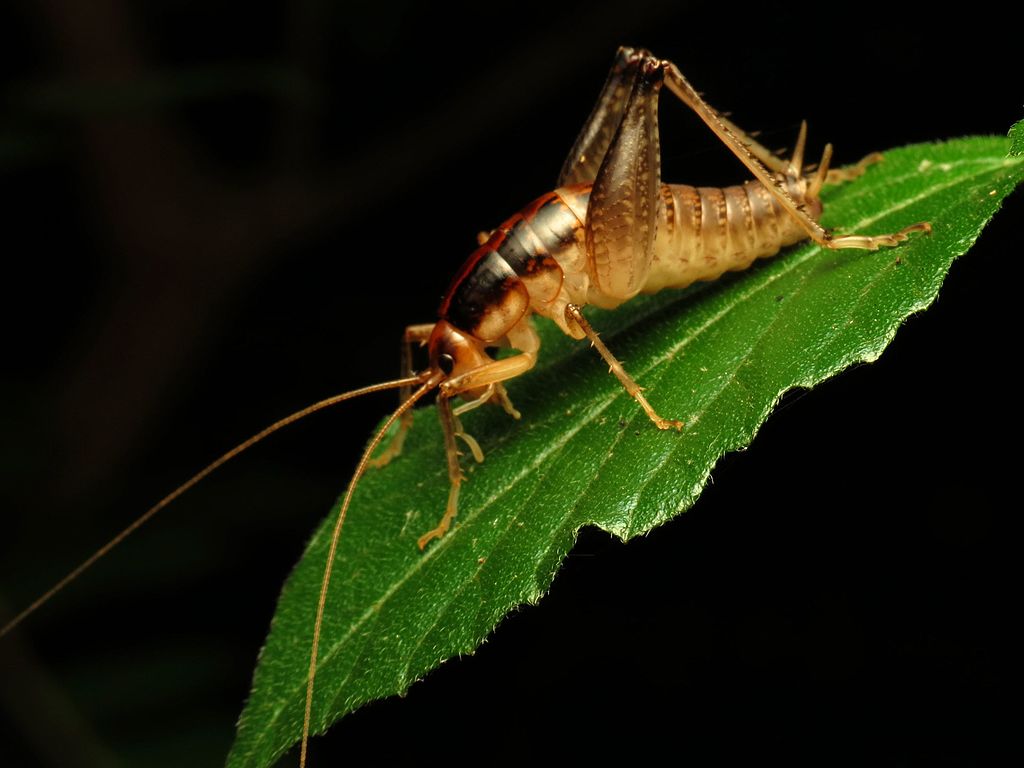
The presence of camel crickets in our basements represents a fascinating intersection of human habitation and insect adaptation. While their appearance may be startling and their jumping antics disconcerting, understanding these ancient creatures provides context for managing their presence effectively. By addressing the conditions that attract them—primarily moisture, darkness, and food sources—homeowners can significantly reduce or eliminate infestations without resorting to extensive chemical interventions. Whether you view them as unwelcome invaders or simply misplaced cave-dwellers seeking suitable habitat, camel crickets offer a reminder of how our homes inadvertently create ecosystems that attract and sustain wildlife in unexpected ways. With the right approach to prevention and management, peaceful coexistence—or respectful exclusion—is entirely possible.

